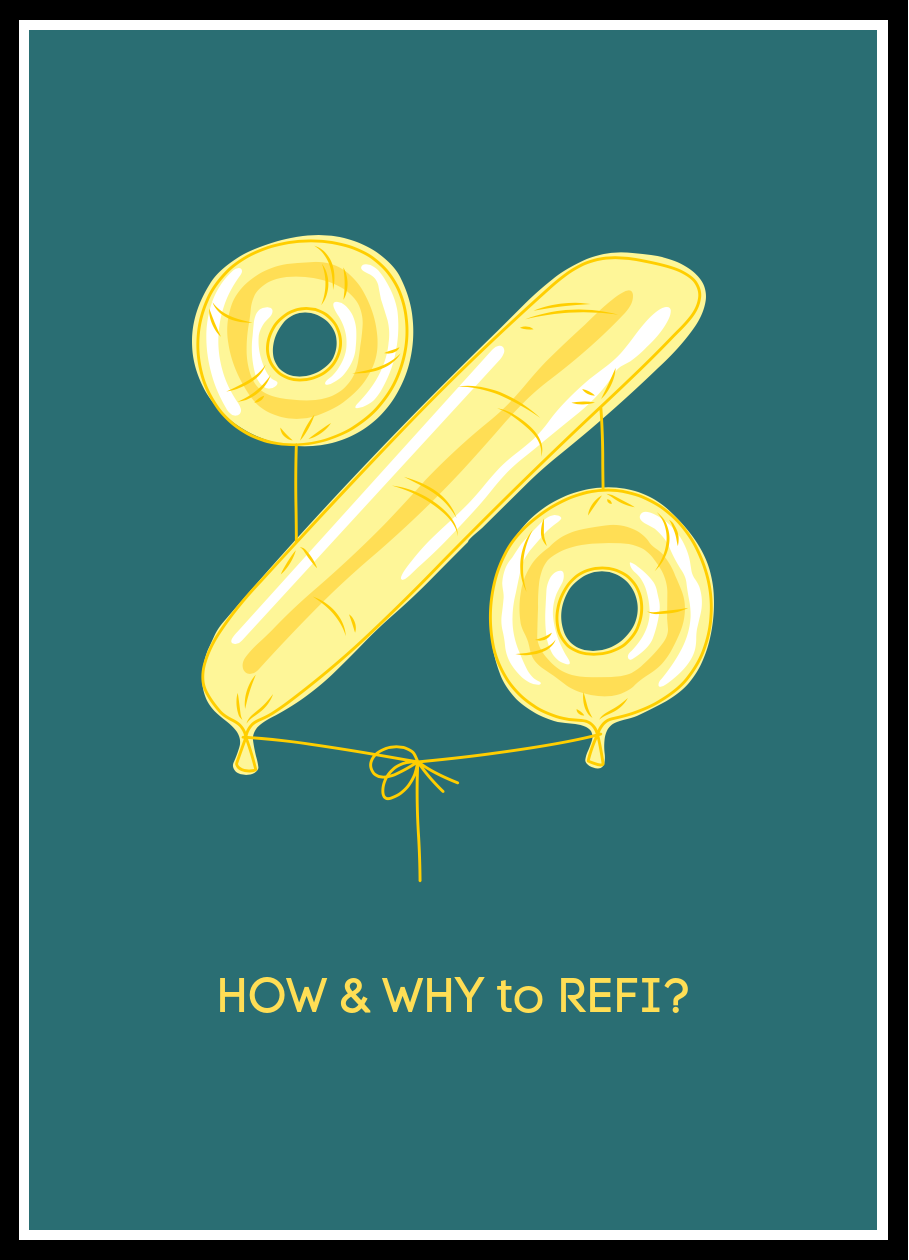Is your Airflow in WINTER Mode?
- Lauren Matera

- Jan 9
- 2 min read

Are the Dampers Open?
Some ductwork contains dampers to adjust airflow. Look for handles and markings on the ductwork such as ‘summer’ and ‘winter.’ Set the damper handle parallel to the duct line for maximum airflow. Smith says “they’re designed to have proper air flow for proper operation. Without it the system is less efficient,” and will take longer to heat your space.
Keep Radiators and Registers Unobstructed
If furniture blocks the radiators, you’re blocking heat from getting into the room. Move the couch away from the radiator, and the room should warm up faster. The same goes for air registers in a forced-air system. The system can’t draw in enough air or put enough out if return or supply registers are covered with a rug or furniture. “This means your space will never get to the temperature you want because it can’t find enough air to do so,” Smith says.
Is the Furnace Filter Filthy?
Clogged or dirty furnace filters are among the most common causes of heating

issues. When the filter becomes blocked with dust and debris, it restricts airflow, forcing the system to work harder and reducing its efficiency. Simply replacing or cleaning the filter often solves the problem by restoring proper airflow to the system. Check the filter monthly and replace it every 1 to 3 months, depending on usage.
Duct-Booster Fans
If you have forced-air heat, duct booster fans can help increase airflow to problem rooms. These fans are installed near the duct outlet, and a pressure switch (or built-in sensor) is used to turn them on when the furnace runs. A register booster fan is easier to install, replacing or sitting on a floor or wall register. It plugs into an outlet and costs between $40 and $70.







Comments